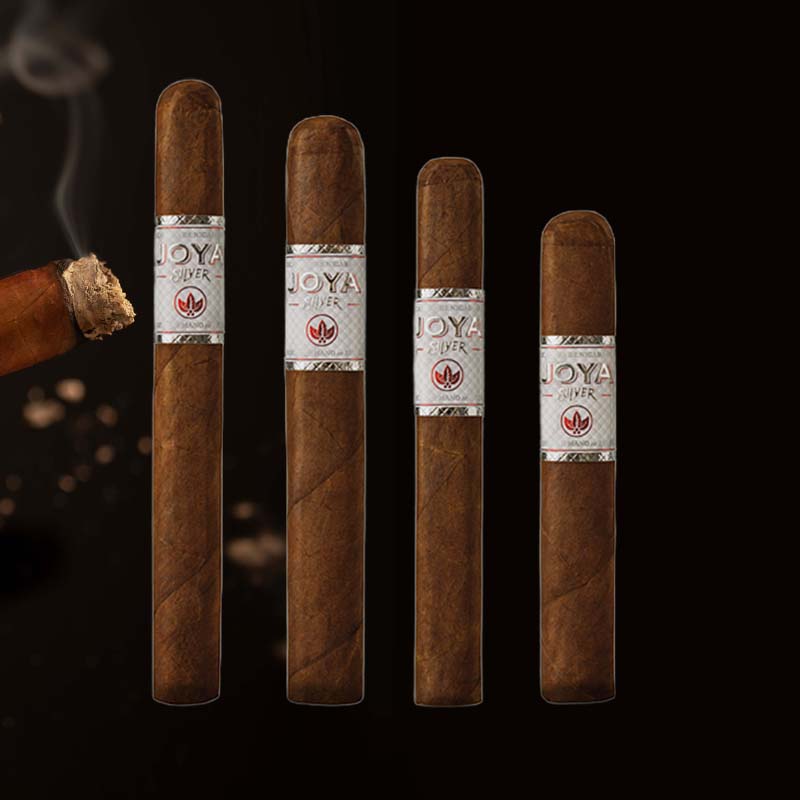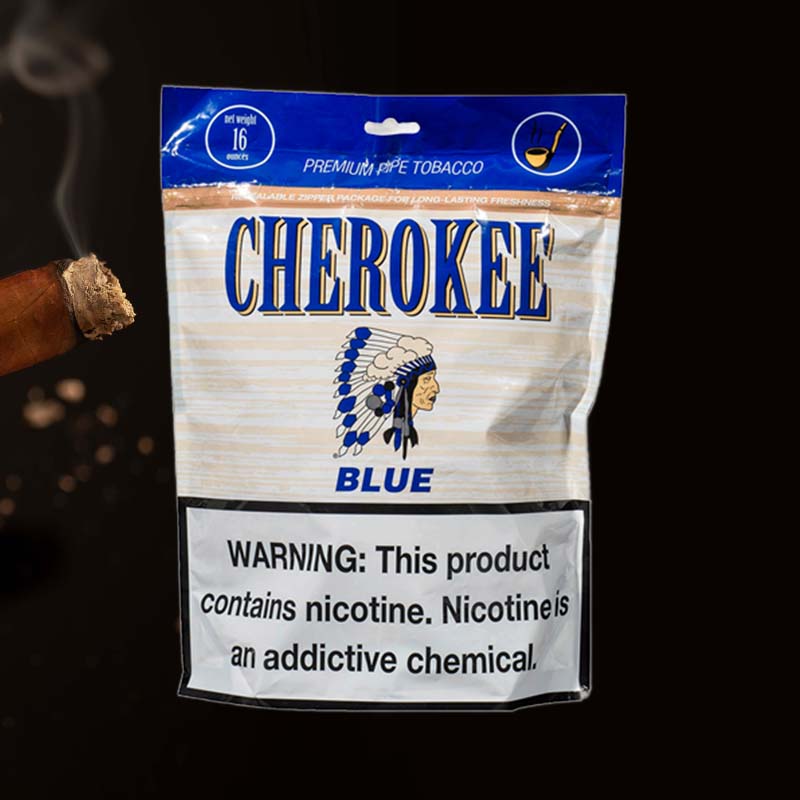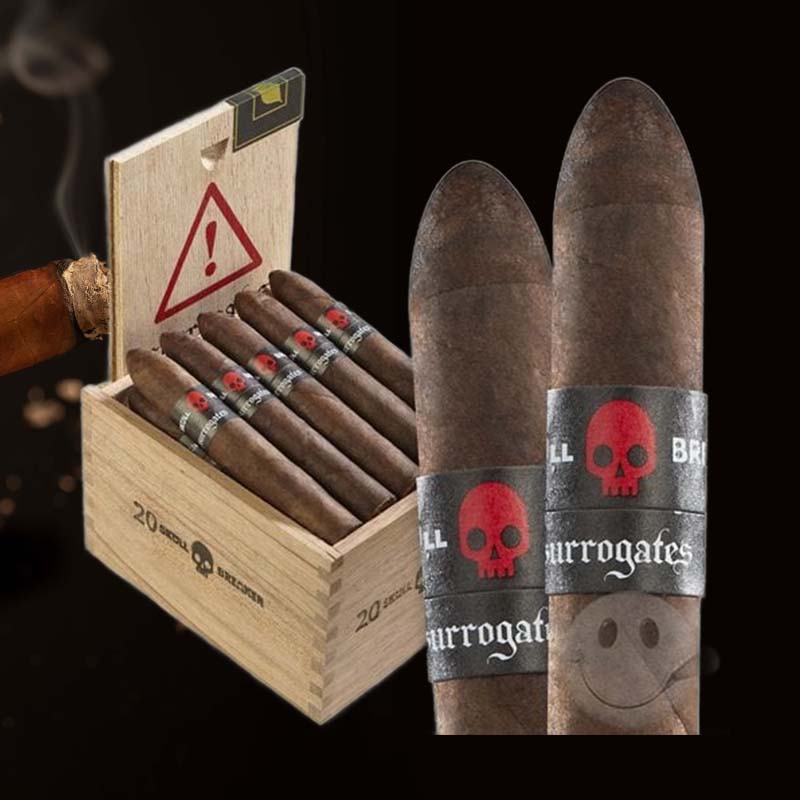Butane torch won't light after refill
As an enthusiast of fine cigars, I can’t stress enough how vital a reliable butane torch is. There have been times when I sat down for a relaxing smoke, only to find my butane torch won’t light after a refill. It’s frustrating and disappointing, to say the least. If you’re in a similar predicament, don’t worry! I’ve compiled detailed insights and solutions to help you troubleshoot this issue, ensuring your torch performs as it should. Let’s dive in!
Why is my butane torch not lighting?
When I first experience a non-lighting torch, I take a step back and assess the situation. There are several reasons why your butane torch may not ignite. Let’s explore some common culprits.
Common reasons a butane torch may fail to ignite
- Incorrect refill process
- Fuel depletion
- Dirty burner or nozzle
- Faulty ignition mechanism
- Temperature fluctuations
- Humidity effects
Troubleshooting Common Butane Torch Issues

Step-by-step guide to identify problems
To resolve the issue, I recommend a systematic approach to troubleshoot. Here’s what I do:
- Check the fuel level.
- Inspect for dirt or debris.
- Try adjusting the flame height settings.
- Look for hissing or unusual sounds during operation.
Refilling Issues: After Refilling Safety Checks

Ensure the refill process is done correctly
It’s essential to refill your torch properly. I always ensure the unit is upright and follow the manufacturer’s instructions closely. Overfilling or incorrect positioning can result in malfunctioning.
Butane Torch Sparks But Doesn’t Light

What to do when there is no flame
Seeing sparks and no flame can be particularly disheartening. First, check the gas release; if sparks are present, the nozzle could be dirty or blocked. A gentle cleaning can often resolve this issue.
Weak Flame After Refilling
Possible causes and solutions for a weak flame
After a refill, if your flame seems weak, consider these factors:
- Low-quality fuel.
- Blocked or dirty nozzle.
- Inadequate air mixture.
Using high-quality butane can help maintain a robust flame.
Signs of Fuel Leaks

How to detect and handle leaks in your torch
Fuel leaks are serious. If I smell butane or see condensation, I immediately stop using the torch, ventilate the area, and consult a professional. Regular checks can prevent mishaps.
Are You Out of Fuel?
Checking fuel levels safely
Sometimes it’s as simple as running out of fuel. I usually check by shaking the torch gently — if there’s no slosh, it’s time to refill!
Cleaning Your Butane Torch

Importance of maintenance and cleaning tips
Regular cleaning is vital for efficiency. I clean the nozzle with a soft cloth and ensure no debris is blocking the flame. This simple act helps prolong the torch’s life.
Unusual Sounds: What Does a Hissing Indicate?

Interpreting sounds from your torch
A hissing sound often indicates a problem, possibly a leak or too much pressure. In my experience, it’s best to stop using the torch and investigate to prevent accidents.
The Role of Humidity in Performance

How dampness affects torch ignition
Humidity can negatively impact ignition. I’ve noticed that using my torch on a rainy day requires extra attention and care during the ignition process due to moisture buildup.
Adjusting Safety Features
How safety settings may impact flame ignition
Modern butane torches often have child safety locks. I sometimes find these features accidentally engaged, causing my torch to fail to ignite. I make sure to check this before frustration kicks in!
Preventive Measures for Butane Torch Issues

Tips to avoid problems before they arise
To avoid problems, I suggest the following:
- Store your torch in a cool, dry place.
- Regularly check and clean components.
- Always use quality butane.
Best Butane Practices
Use high-quality butane for optimal performance
Using premium butane not only enhances performance but also safeguards your torch. I only refill my torch with butane I trust to avoid the hassle of ineffective flaring.
Importance of Waiting After Refilling

Why your torch needs time before ignition
After refilling, giving your butane torch a bit of time to stabilize is crucial. I usually wait for about five minutes to avoid ignition issues or excessive burns.
Need for Bleeding the Tank

How and when to bleed the torch’s fuel tank
Periodically bleeding the tank can remove excess pressure or trapped air. I find that doing this once every couple of months keeps my torch performing well.
Final Thoughts on Common Butane Torch Problems

Summary of quick fixes and maintenance advice
To summarize, maintaining my butane torch involves proper refilling, cleaning, and regular checks. By keeping an eye on these aspects, I ensure that my torch always lights up when I need it – especially during my cherished smoke breaks.
FAQ
Why won’t my butane lighter light after refilling?

Often, a butane lighter won’t light post-refill due to improper refilling, air trapped in the system, or low-quality gas affecting ignition.
Why is my butane torch not releasing gas?
The torch may be out of fuel, or the valve could be blocked. Checking fuel levels and cleaning the valve is a good first step.
How do you clear a clogged butane torch?

If your torch is clogged, I recommend cleaning the nozzle with compressed air or carefully using a soft brush to remove debris.
Why isn’t my lighter working but it’s full?

Even if my lighter appears full, issues like clogged nozzles or malfunctioning ignition mechanisms can prevent it from lighting.





